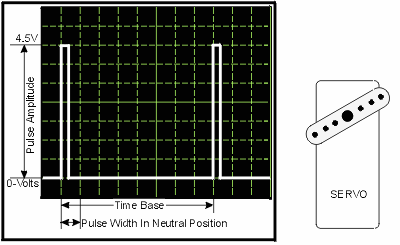Hey Ken,
Congratulations on getting the donation! It is a great idea you have, and I am glad you have stuck with it. As for your newest stumbling block, what code are you currently using? You might be running into the same problem of not having a standard R/C output pulse going to the controller. And MIBAM will not work, because it is meant for lighting, and will confuse your speed controller even more.
All analog servos (not the newer digital ones) use a standard protocol. A pulse width from about 0.9mS to 2.1mS or so, pulsed every 20 mS. Since this controller does not say digital on it, I would bet that it is analog, and works the same as all the servos in my house. Since it has reverse, as well as forward, I would bet that somewhere in between .9mS and 1.1 mS is neutral. Less is probably reverse, and more is forward.
I don't think you need a manual for it. Just start feeding it some PWM that matches that protocol, and you will be good.
Assembly is a tough nut to crack. It's just one of those things, the more you use it, the more you learn. But one of the things I learned this week from the forum, was that I could have an instant ASM interrupt without using any ASM. No, I didn't know that when I wrote some similar code for the 12f683. So in my example above, I only used two lines of assembly code. a BSF and a BCF. (Bit set and bit clear). So you can have almost no nuts with this code, or you can change them to PBP code if they drive you ... um ..... nuts.
I think you already know this, but I just found the gif file, and I like it, so I'll post it here. - Walter








 Two sonar proximity sensors can be placed looking anywhere from the car and a pot controls the top forward speed the half forward speed.
Two sonar proximity sensors can be placed looking anywhere from the car and a pot controls the top forward speed the half forward speed.




Bookmarks